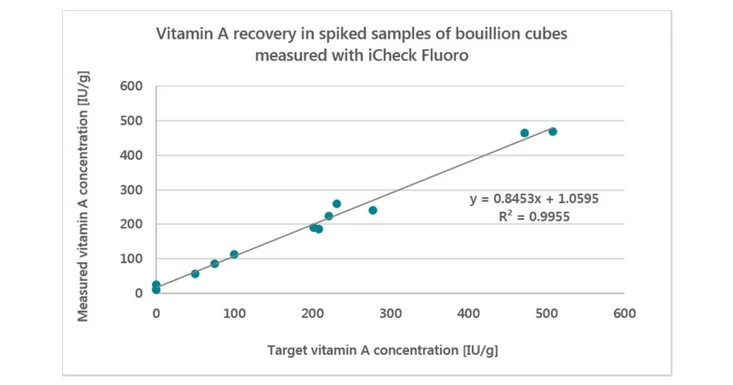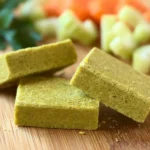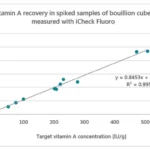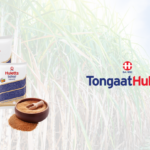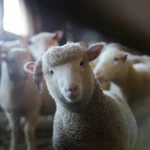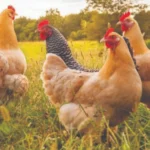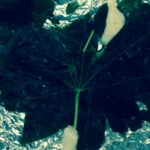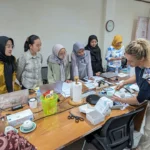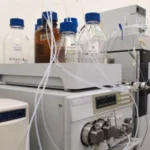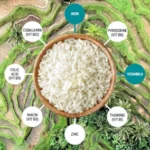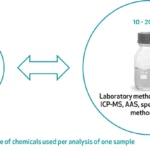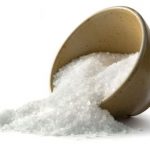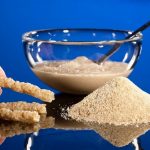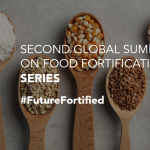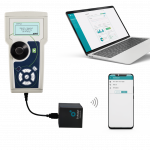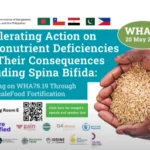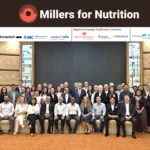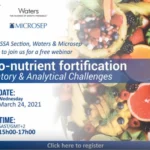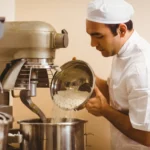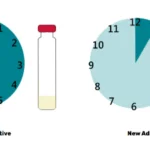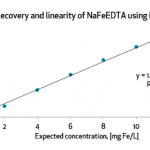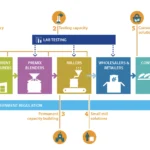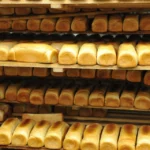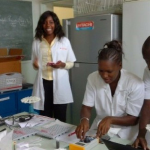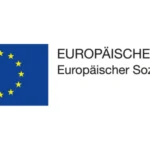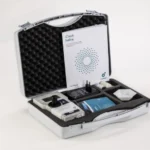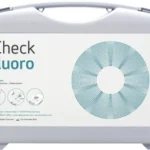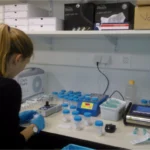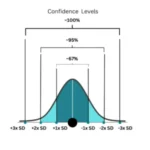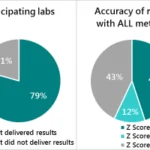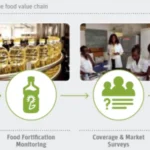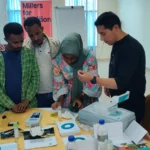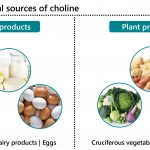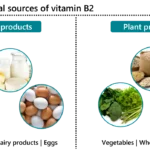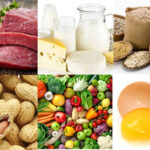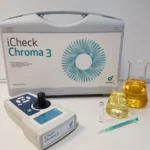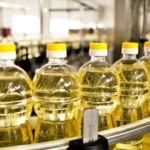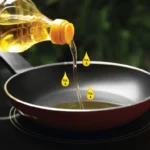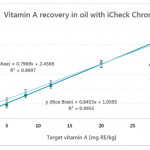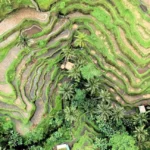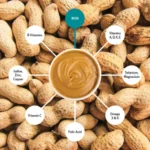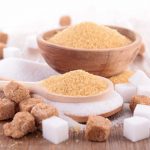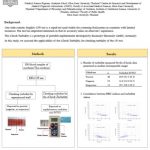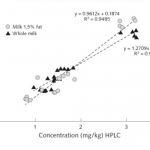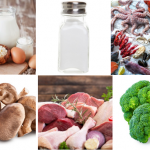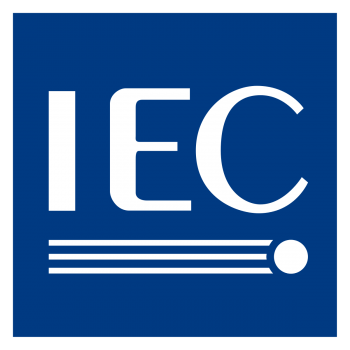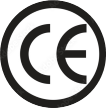Over 95% of households in West Africa consume bouillon cubes daily
It is estimated that vitamin A deficiency (VAD) affects almost 150 million children worldwide, predominantly in developing countries. Fortification of staple foods such as edible oil and flour has been proven to be one of the most effective interventions to fight VAD. Additionally, fortification of condiments or seasonings such as soy and fish sauces, curry powder or bouillon may be a cost-effective alternative or serve as a complement to staple food fortification (1,2). Recent studies indicate that over 95% of the population in West African countries, as well as in South Africa, consumes bouillon cubes daily. In Nigeria alone, over 100 million Maggi bouillon cubes are sold per day (3,4). These figures indicate that vitamins and minerals delivered with bouillon cubes have the potential to reach almost all of the population at risk of VAD.
Quality control of fortified foods is a challenge
For a certain food to be considered an adequate vehicle for fortification, not only do the coverage and consumption patterns of the food play a role. The technical feasibility – the effect of an added nutrient on food quality, absorption by the body and the stability of the nutrient in market conditions – is also considered. Controlling the vitamin A levels during food production, in the end product and at the market level can be challenging as vitamin A analysis is complex and expensive, costing up to $100 per sample. The traditional methods for vitamin A analysis are high-performance liquid chromatography (HPLC) and spectrophotometric methods with either ultraviolet (UV) or colorimetric detection. Qualitative colorimetric methods are also available, but can only indicate the presence or absence of vitamin A.
Innovative tools enable quality control in local production
iCheck Fluoro, an innovative analytical method, enables fast and affordable quantitative vitamin A analysis that is no longer bound to a lab. How? iCheck Fluoro is a portable fluorometer that comes with a ready-to-use reagent mix for the extraction of vitamin A. It employs UV detection to quantify vitamin A in the sample within 10 minutes and at 10% of the cost of using traditional lab methods. Vitamin A forms that can be analyzed with iCheck Fluoro include retinyl palmitate, retinyl acetate and retinol. The method is validated to measure vitamin A in vitamin premixes, liquid and powdered milk, wheat and maize flour, breast milk and sugar.
iCheck Fluoro delivers lab-level accuracy in the field
BioAnalyt has recently performed feasibility tests for measuring Vitamin A in bouillon cubes/powder, with results showing excellent recovery and precision. To determine the precise quantity of vitamin A in the bouillon cube, usually in the 50 – 150 mg/kg (67 – 500 IU/g) range, only a simple preparation step is necessary. This step involves dilution of the bouillon cube or powder in warm water (~50 ℃) at a 1:100 ratio (i.e. 2 g of powder in 200 ml of water). The solution is then directly injected into the reagent vial and measured with the iCheck Fluoro device. The measured vitamin A concentration in bouillon cubes with iCheck Fluoro correlates with the target vitamin A concentration with a Pearson correlation of 99% (see the above graph). Accurate and fast measurement of vitamin A in bouillon cubes with iCheck Fluoro has the potential to enable local quality control and coverage studies to assess the impact of fortified foods on micronutrient deficiencies.
References:
(1) http://www.who.int/nutrition/events/2014_fortification condiments_26to28Aug/en/
(2) Ndjebayi , et al. Measuring the Costs of Vitamin A Interventions: Institutional, Spatial, and Temporal Issues in the Context of Cameroon. Food Nutr Bull., 36 (Sup. 3) , 2015.
(3) Engle-Stone R, et al. Consumption of potentially fortifiable foods by women and young children varies by ecological zone and socio-economic status in Cameroon. J Nutr. 2012;142:555-65.
(4) Zhengxing C. and Oldewage‐Theron W. Household consumption of stock cubes and stock powder in the Vaal Triangle of SA. Nutrition & Food Science, Vol. 34(4), 2004
